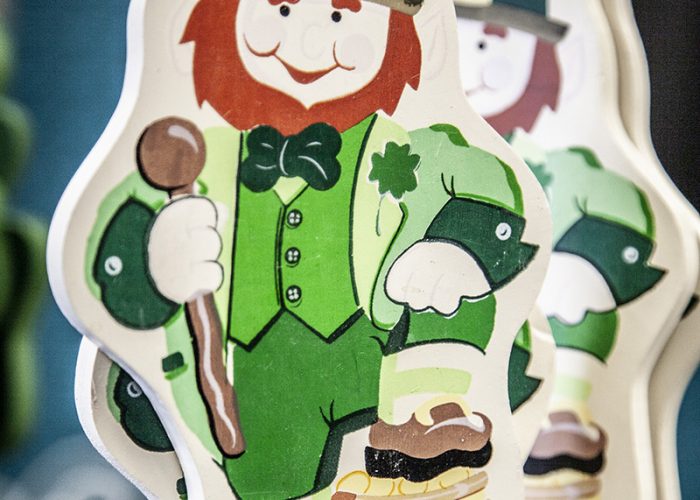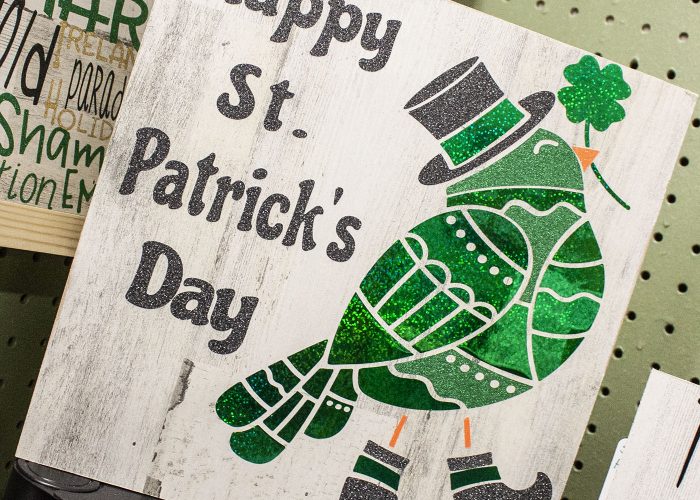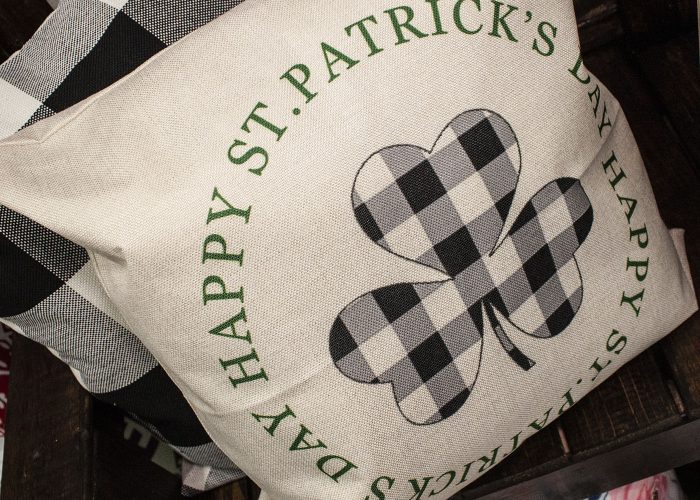- 254.751.0693
- WacoCraftGallery@att.net
- Mon - Sat: 10:00 - 6:00

St. Patrick’s Day is celebrated annually on March 17, the anniversary of his death in the fifth century. The Irish have observed this day as a religious holiday for over 1,000 years. On St. Patrick’s Day, which falls during the Christian season of Lent, Irish families would traditionally attend church in the morning and celebrate in the afternoon.
Who Was St. Patrick?
Saint Patrick, who lived during the fifth century, is the patron saint of Ireland and its national apostle. Born in Roman Britain, he was kidnapped and brought to Ireland as a slave at the age of 16. He later escaped, but returned to Ireland and was credited with bringing Christianity to its people.
In the centuries following Patrick’s death (believed to have been on March 17, 461), the mythology surrounding his life became ever more ingrained in the Irish culture: Perhaps the most well-known legend of St. Patrick is that he explained the Holy Trinity (Father, Son and Holy Spirit) using the three leaves of a native Irish clover, the shamrock.
When Was the First St. Patrick’s Day Celebrated?
Since around the ninth or 10th century, people in Ireland have been observing the Roman Catholic feast day of St. Patrick on March 17. The first St. Patrick’s Day parade took place not in Ireland but in America. Records show that a St. Patrick’s Day parade was held on March 17, 1601 in a Spanish colony in what is now St. Augustine, Florida. The parade, and a St. Patrick’s Day celebration a year earlier were organized by the Spanish Colony’s Irish vicar Ricardo Artur.
More than a century later, homesick Irish soldiers serving in the English military marched in New York City on March 17, 1772 to honor the Irish patron saint. Enthusiasm for the St. Patrick’s Day parades in New York City, Boston and other early American cities only grew from there.
Growth of St. Patrick’s Day Celebrations
Over the next 35 years, Irish patriotism among American immigrants flourished, prompting the rise of so-called “Irish Aid” societies like the Friendly Sons of Saint Patrick and the Hibernian Society. Each group would hold annual parades featuring bagpipes (which actually first became popular in the Scottish and British armies) and drums.
In 1848, several New York Irish Aid societies decided to unite their parades to form one official New York City St. Patrick’s Day Parade. Today, that parade is the world ‘s oldest civilian parade and the largest in the United States, with over 150,000 participants. In 2020, the New York City parade was one of the first major city events to be cancelled as a result of the COVID-19 pandemic; it has again been cancelled for 2021.
St. Patrick’s Day Celebrations Around the World
Today, people of all backgrounds celebrate St. Patrick’s Day, especially throughout the United States, Canada and Australia. Although North America is home to the largest productions, St. Patrick’s Day is celebrated around the world in locations far from Ireland, including Japan, Singapore and Russia. In the United States, people often wear green on St. Patrick’s Day.
Why Green?
St. Patrick’s original color was blue. But due to Ireland being know as The Emerald Isle, the green stipe in the Irish flag, clover and leprechauns, the traditional color of St. Patrick’s day became green. Legend has it, the leprechauns will pinch anyone not wearing their favorite color.
What Do Leprechauns Have to Do With St. Patrick’s Day?
One icon of the Irish holiday is the Leprechaun. The original Irish name for these figures of folklore is “lobaircin,” meaning “small-bodied fellow.” In Celtic folktales, leprechauns were cranky souls, responsible for mending the shoes of the other fairies.
Though only minor figures in Celtic folklore, leprechauns were known for their trickery, which they often used to protect their much-fabled treasure.




© 2020 Craft Gallery. All rights reserved.